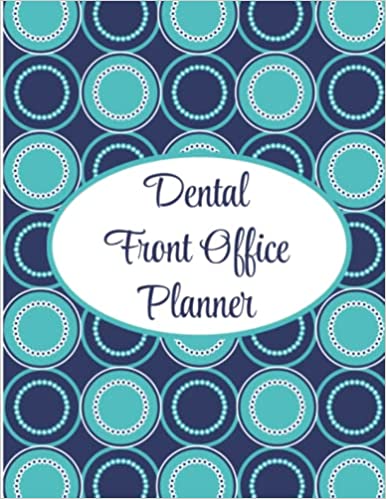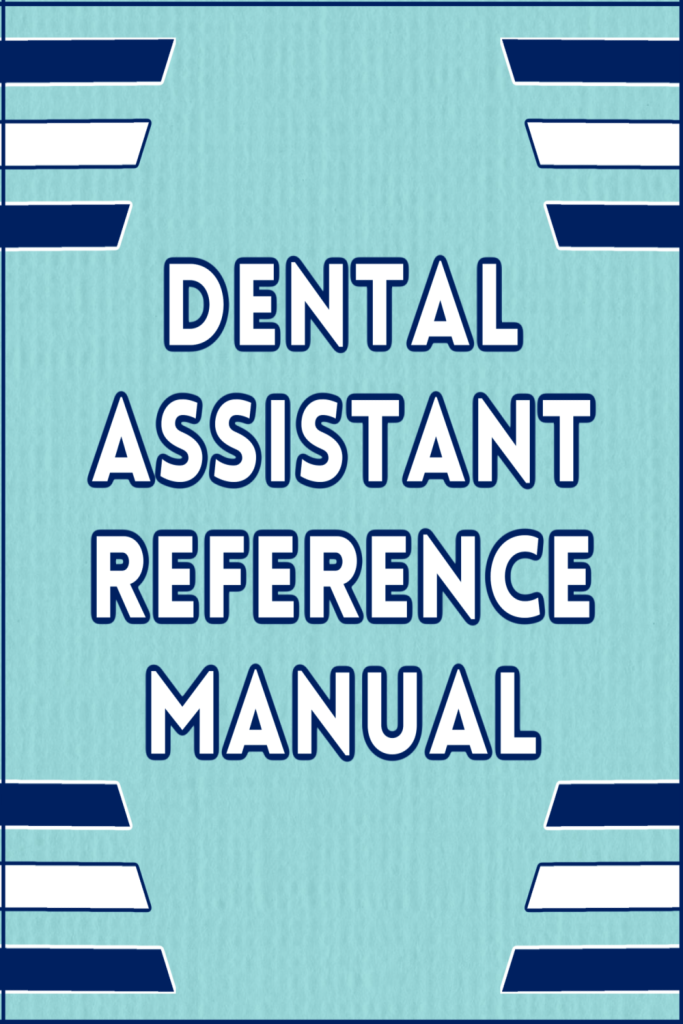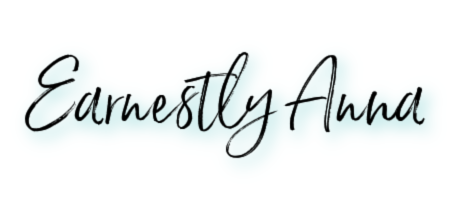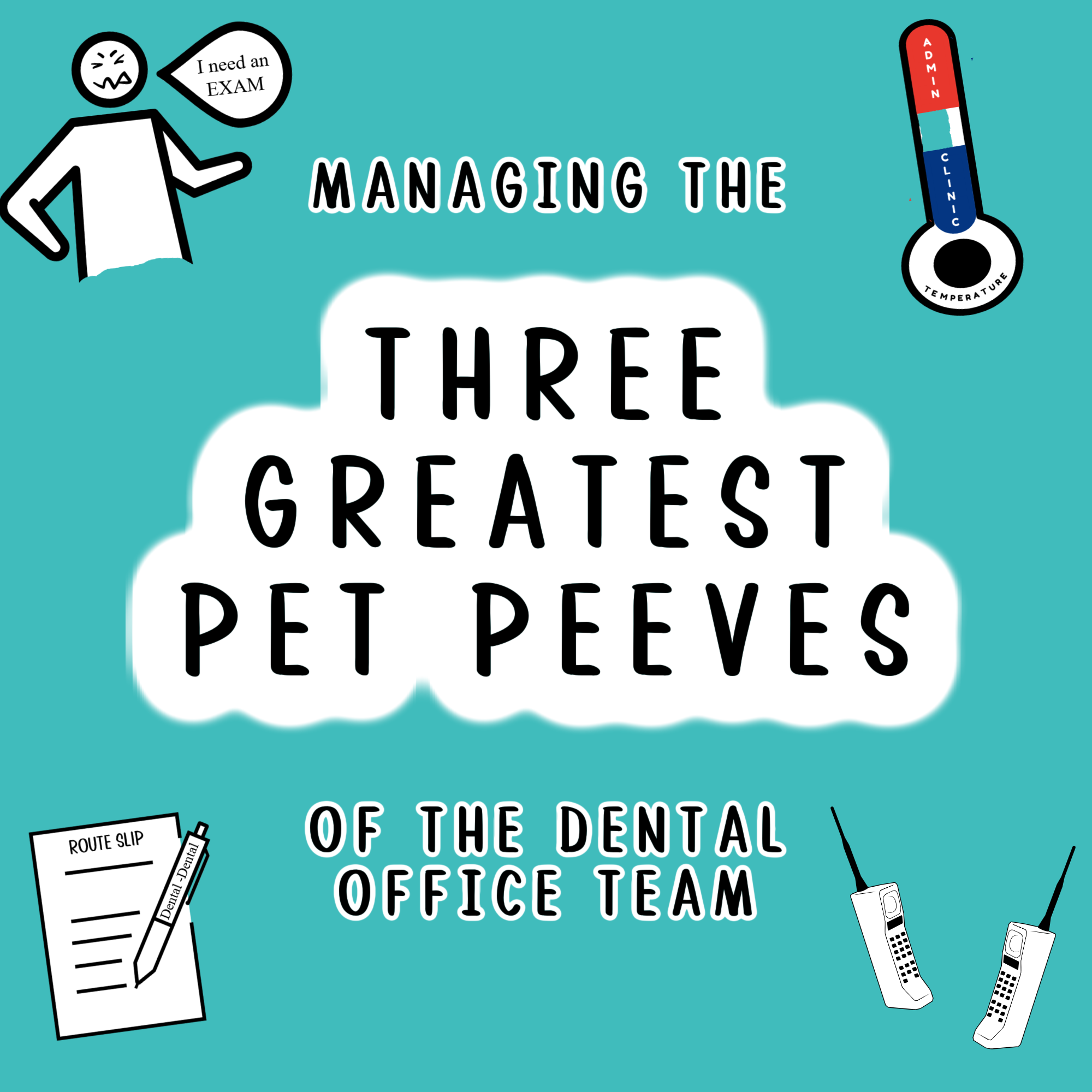Managing the Three Greatest Pet Peeves of the Dental Office Team
Last Updated on July 7, 2024 by Anna Baumann
Managing the Three Greatest Pet Peeves of the Dental Office Team
I call myself a Dental Office Lifer because I’ve worked in a dental office for most of my working life. Over time I‘ve learned that although each office is unique with its own special vibe, we also have a lot in common. Most similarities are positive. Like set work hours and great dental benefits. Others are super frustrating like the pet peeves I talk about here. We spend a lot of time at work. So, I think a peaceful and joyful workplace is worth striving for. Like most dental matters, there are no perfect solutions that satisfy everyone. But hopefully, you’ll find this helpful for managing the three greatest pet peeves of the dental office team.
Office Temperature
I have memories (well, actually nightmares) of being a young Dental Assistant running around almost nonstop wearing socks with gym shoes, scrubs, a lab jacket, gloves, a mask, and safety goggles. It never failed that the front desk ladies would flit over to the thermostat wearing cute little sundresses to raise the temperature while asking, why is it always so cold in this office? Um, because you are not wearing enough clothes?!
We had heated (no pun intended) arguments daily. Doctors dictated that they wanted cooler temps. But, front office team members would sneak over and turn it up while we were with patients. Then we’d sneak right back over to lower it again. The result was so many ups and downs that we never achieved a comfortable temperature for anyone.
Tips for resolving office temperature issues
Implement a uniform policy
Decree that all clinical and administrative team members will wear scrubs. Your clinical team may wear disposable gowns over their scrubs. But if you also supply lab coats, get them for the whole team so everyone has the option to add a layer. You can also offer the option to wear fleece jackets. Then, keep the thermostat at a temperature that works comfortably for (the majority of) your clinical team.
Scrubs are great because they look professional, create a team atmosphere, and are very comfy. If people feel cold, they can wear thermals underneath and throw on their provided (or their own) lab coat or jacket.
Even without thermostat wars, uniforms are great! It may be my Catholic School upbringing, but I love not having to decide what to wear to work every day. (One less thing to think about). And it’s the best way to ensure everyone looks presentable.
Consider your patients
Once the thermostat is at a comfortable clinical temperature, you might worry about patients feeling cold. Keep blankets on hand to offer them just in case. You can also add a note to your same-day appointment reminder. Something like, “We keep our office at a cool temperature for the safety and comfort of our clinical team wearing personal protective equipment. You are welcome to bring a sweater or jacket and wear it during your visit.”
Communication Between the Clinic and the Front Office
Everything from scheduling appointments to patient check-in and check-out requires that information flows efficiently between the back and the front. Achieving this is challenging because we may not fully understand each other’s positions.
Someone who works in the clinic may never have exposure to the administrative side of dentistry. And people often enter an administrative role with only the clinical knowledge of their own dental treatment. Unintentionally frustrating each other is easy when we don’t know what we don’t know.
Common communication pet peeve examples:
- Clinical team members approach the front ten minutes into an appointment to find their patient sitting in the reception area because no one communicates the arrival time.
- Admin team members submit claims for unperformed treatment or miss out on charging for completed services because no one communicates changes.
Tips for improving communication between the clinic and front office
Patient transition
Patient check-in and check-out are a big deal! We have many important details to share consistently and fluently for every patient visit.
- Check-in Communication
- Connecting with late patients and sharing status with the appropriate clinical team member(s)
- Patient arrivals
- Check-out Communication
- Treatment completed during the current visit
- Future treatment needed
- Number of appointments
- Length of appointments
- (You can find more info on patient checkout from a front office perspective HERE).
Poll team members/departments to identify frequently missed information. Then, create systems for obtaining and communicating it. Consider what works best for your office layout and the amount of scheduled providers. It doesn’t matter if your system is verbal, via messaging system, or using paper routing slips, as long as it’s straightforward and foolproof.
Clinical documentation
We need complete chart notes and proper clinical documentation for for legal protection. Everyone knows this, but consequences seem improbable because most of us haven’t experienced audits or other legal issues. But legalities aren’t the only reason we need to communicate well when it comes to this important information.
- Insurance and billing team members need clinical documentation (complete chart notes, Periodontal charting, photos, and x-rays) to submit clean claims and attachments.
- Doctors need quality x-rays and information to properly diagnose and perform treatment.
Ask your insurance and billing team to create a list of documentation needed for your most-used procedure codes. Then, arrange time for them to share the information (what they need and why they need it) with your clinical team. Store laminated copies in operatories and at patient checkout areas. We’re all responsible for ensuring we have everything we need before our patients leave our office.
Clinical team members need doctors’ permission to take x-rays. Doctors can give permission to take them in all situations that include pain, swelling, or fracture. And, for specific intervals at Recare visits. Make everyone aware of your doctors’ requirments so they can be proactive in getting whats needed quickly and efficiently.
General Information
Use a secure messaging system like Yapi or Weave to streamline and encourage team communication. I know some offices prefer to forgo paying for another service. One workaround is to create group chats via text or social media apps. The concern there is patient privacy. You have to be super careful not to use patient names or other identifying details. I have no affiliation with Yapi or Weave. But I’ve used them and have been happy with their product.
Calling Doctors for Hygiene Exams
Computer messaging, paper notes, light and buzzer systems, or staring them down through an open doorway are all great options for notifying doctors of when they’re needed in an operatory. Once you decide on a method, your next trick is getting them to respond!
Hygiene exams are the biggest issue. (Although, Assistants often have problems getting them for limited exams or when they’re ready to start/continue procedures). I get it. No one likes to be interrupted when they’re in the middle of something. But, if we want to minimize chaos and stay on schedule, we have to get this right. You’ll need a team pow-wow to approach your doctors, point out the rough spots, and make a new plan.
Tips for calling doctors to operatories
Remind Doctors of Hygiene exam benefits
- We charge for them! So, they increase revenue.
- Since new treatment is often diagnosed during Hygiene exams, they help fill their future schedules.
- They provide an opportunity for doctors and patients to develop trust and maintain a good rapport.
- This is more of a fact than a benefit but, in most states they are required by law at least once a year.
Open door policy
The best change we made for calling doctors to operatories was to create an environment where they choose the timing. It works well because it eliminates some of the awkward (and painful) wait time.
Sometimes schedules look great on paper, but play out differently in real life. By making a few simple changes, you can give your doctors more flexibility.
- Again, ask doctors to give the clinical team advanced permission and parameters for taking x-rays. Having the freedom to proceed automatically is a big time-saver.
- Ask Hygienists to complete x-rays and charting within the first fifteen minutes. Doctors should know they can always walk in for an exam anytime after that. After the exam, Hygienists continue with the cleaning, schedule the next Recare appointment, and release the patient.
- Prepare a short bullet-point list that doctors can review quickly when they enter an operatory for an exam. This minimizes time spent looking or asking for information we already have.
- During front office schedule audits where you prepare for your Morning Huddles, note possible problem areas. Huddle is a great time to discuss potential issues for busy times when doctors may be pulled in several directions.
We all have private little pet peeves at work. Like loud talkers, pen clickers, and snack stealers. The best overall pet peeve advice I can give is at the beginning of the Serenity Prayer. “God grant me the serenity to accept the things I cannot change; the courage to change the things I can; and the wisdom to know the difference.”










